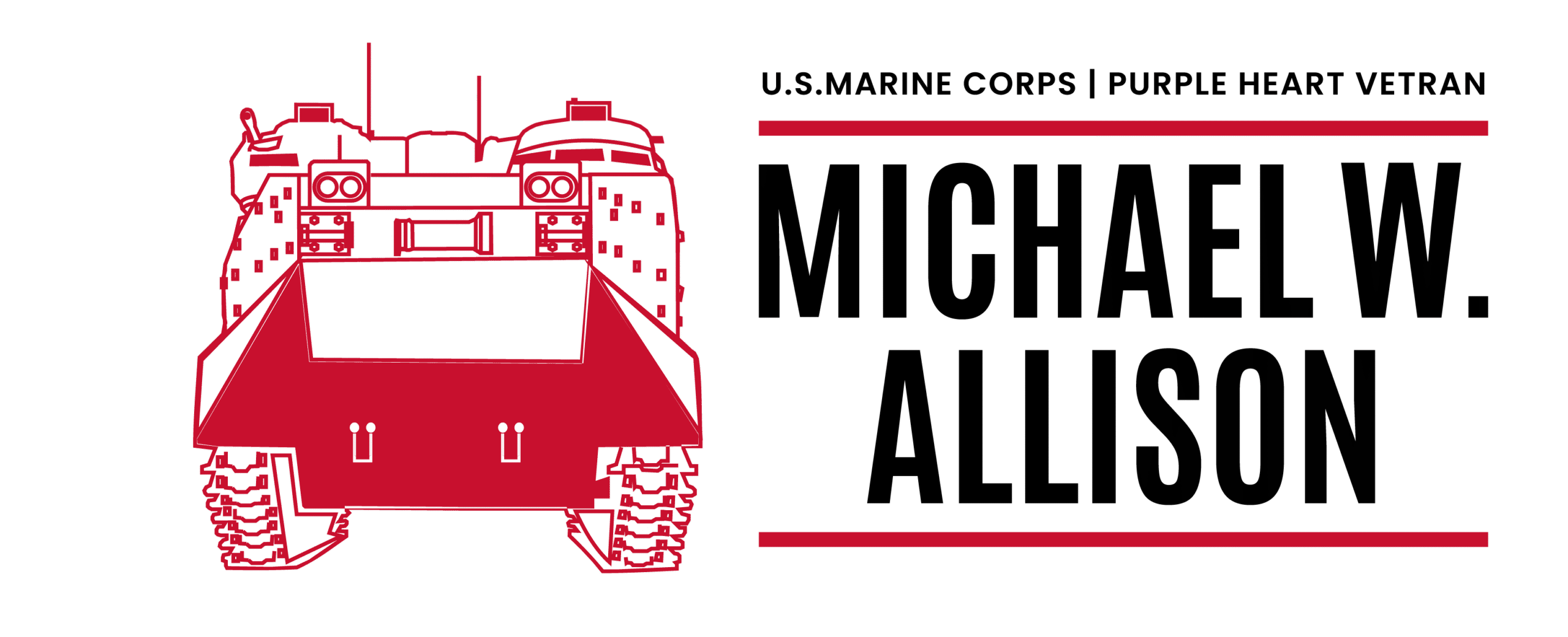The business landscape has shifted dramatically. What worked yesterday simplydoesn’t cut it today. Traditional, top-down leadership models, once the bedrock ofcorporate success, are increasingly showing their age.
In an era of rapid change, technological disruption, and evolving workforceexpectations, clinging to outdated leadership styles is not just inefficient—it’s a recipefor stagnation or failure.
We’re witnessing a growing disconnect between traditional leadership practices andthe demands of a complex, interconnected world. This disconnect is stalling growth,stifling innovation, and posing a significant threat to organizations of all sizes, frommultinational corporations to nimble startups.
The question is, are you ready to embrace a new paradigm? It’s time to explore why
“The Un-Leadership” is becoming essential in the modern executive’s toolkit.

The Stalling Effect of Old Leadership Methods:
The traditional command-and-control model, emphasizing hierarchy and centralizeddecision-making, struggles to keep pace with the speed of modern business. Intoday’s dynamic markets, rigid structures and slow decision cycles can lead tomissed opportunities and competitive disadvantages.
Employees, especially younger generations, are less motivated by authority andmore driven by purpose, autonomy, and collaboration. Old leadership styles often failto foster these crucial elements, leading to disengagement, high turnover, and a lackof innovation. Moreover, the complexity of modern challenges requires diverseperspectives and agile problem-solving.
Leaders who rely solely on their insights and fail to empower their teams are limitingtheir organization’s potential. The result? A culture of fear, where risk-taking isdiscouraged, and creativity is stifled. This stagnation not only affects the bottom linebut also erodes the very foundation of a thriving organization.
Navigating the Overlap of Old vs. New Leadership Processes:
Recognizing that transitioning from old to new leadership is not a binary switch isessential. There’s a significant overlap between traditional and modern approaches.For example, any leadership model must set clear goals and maintain accountability.However, the way these are achieved differs significantly.
In traditional leadership, goals are often imposed from the top, and accountability isenforced through strict monitoring.
In contrast, modern leadership focuses on collaborative goal-setting andempowering individuals to take ownership of their results. Understanding thesenuances is crucial for leaders seeking to evolve their approach. It’s about recognizingwhen to leverage established practices and when to embrace new, more agile methods.
Leaders must distinguish between maintaining essential structure and stiflinginnovation with outdated control mechanisms. This awareness allows for a smoother,more effective transition.

Bridging the Gap with a Hybrid Leadership Model:
A hybrid model offers a pragmatic solution for organizations operating in cultures or industries where a complete shift to The Un-Leadership is impractical. This approach combines the best of both worlds, integrating elements of traditional leadership withmodern, collaborative practices.
For instance, maintaining a clear chain of command during crises while fostering a culture of autonomy and innovation in day-to-day operations. Key elements of arobust hybrid model include:
Situational Adaptability for an Effective Hybrid Leadership:
This isn’t just about switching styles; it’s about developing a keen awareness of the context. Leaders must learn to assess situations rapidly, understand the needs of their team, and adapt their approach accordingly.
Actionable Strategy: Start with implementing regular “situation analysis” meetings where leaders and teams discuss the context of ongoing projects, potential challenges, and necessary adjustments. Practice role-playing scenarios to buildadaptability skills. For instance, a leader might use a more directive approach forcritical milestones for a product launch but shift to a collaborative style forbrainstorming marketing strategies.
Empowering Collaboration to Foster Innovation:
True collaboration goes beyond surface-level meetings. It’s about creating a culture where team members feel empowered to contribute their ideas and expertise while maintaining clear lines of responsibility.
Actionable Strategy: You can implement cross-functional project teams, establish clear roles and responsibilities, and provide regular feedback and recognition. Utilize project management tools that promote transparency and collaboration. One way to do this would be to create “innovation sprints” where diverse teams are tasked with
solving specific problems, allowing them to experiment and present their findings.
Transparent Communication:
Open and honest dialogue is the cornerstone of a successful hybrid model. Leaders must be willing to share information, listen actively, and provide constructive feedback.
Actionable Strategy: Implement regular “town hall” meetings, create open communication channels e.g., Slack and Microsoft Teams, and encourage feedback through anonymous surveys or suggestion boxes. Focus on active listening during one-on-one meetings. Share quarterly performance reports with the entire team,
explaining the reasoning behind key decisions and soliciting feedback

Continuous Learning for Growth and Adaptation:
Leaders must be committed to continuous learning and development in a rapidly changing world. This includes staying up-to-date on industry trends, developing new skills, and adapting to evolving challenges.
Actionable Strategy: As a leader, you must Invest in leadership development programs, encourage participation in industry conferences and workshops, and create a peer-to-peer learning culture. Implement a mentorship program. You can also establish a “learning budget” for each team member, allowing them to pursue
professional development opportunities that align with their goals and the organization’s needs.
Strategic Structure with Frameworks:
While empowering teams, a hybrid model still requires a clear structure. This ensures accountability, prevents chaos, and provides a framework for decision- making.
Actionable Strategy: Define clear organizational goals, establish key performance indicators (KPIs), and create documented processes for essential tasks. Regularly review and update these structures to ensure they remain relevant. Maintain a clear organizational chart and define reporting lines while allowing teams flexibility in
achieving their goals. By implementing these actionable elements, organizations can effectively bridge the
gap between traditional and modern leadership, creating a dynamic and adaptable culture that drives success.
Concluding Comments:
The era of rigid, top-down leadership is waning. In today’s complex world, “The Un- Leadership” principles are not just a trend but a necessity. Organizations that cling to outdated models risk being left behind.
Embracing a hybrid approach, combining traditional strengths with modern agility, can provide a strategic advantage. It’s about creating a culture where innovation thrives, teams are empowered, and leaders are facilitators rather than dictators. Are you ready to lead your organization into the future?
If you’re looking to develop a leadership model tailored to your business’s unique challenges and opportunities, we can help. Schedule a call today to explore how our coaching and consulting services can empower you to lead confidently and clearly in today’s complex world.



